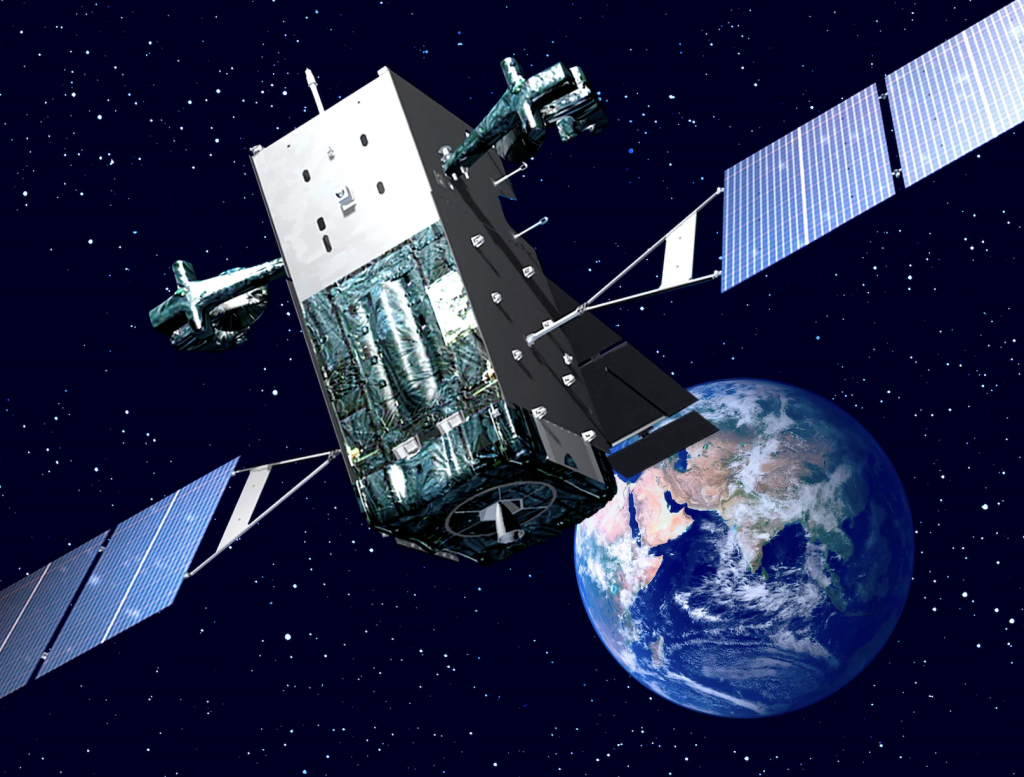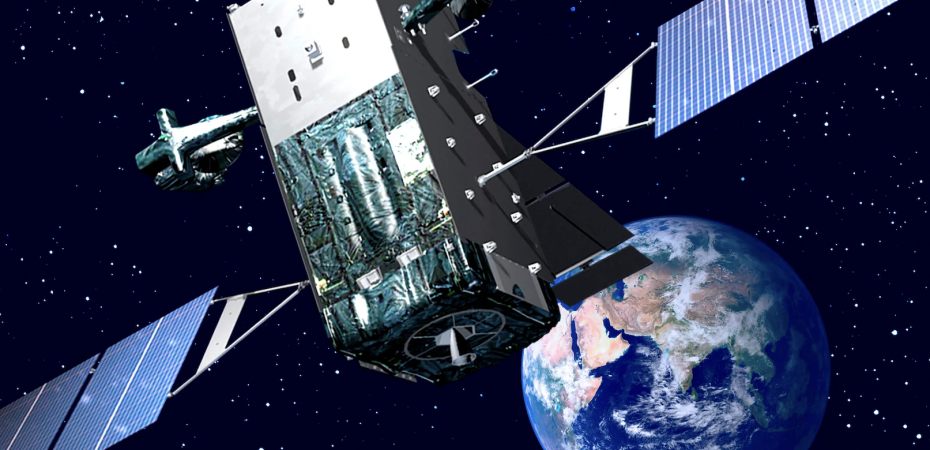By Urban Koi – Space Systems Engineering, Johns Hopkins University
The U.S. Department of Defense (DoD)’s plans to shift to smaller, distributed satellite constellations in Low Earth Orbit (LEO) creates new vulnerabilities that must be addressed.
The Atlantic Council’s Scowcroft Center for Strategy and Security has released a report highlighting the need for the United States to strengthen its LEO satellites that support nuclear command and control against potential high-altitude nuclear detonations. The report (Modernizing Space-Based Nuclear Command, Control, and Communications) emphasizes the vulnerability of critical military satellites and the growing concerns about Russia’s development of space-based nuclear weapons.
The study warns that a high-altitude nuclear blast could create widespread electromagnetic pulse effects and inject high-energy particles into Earth’s radiation belts, potentially crippling unprotected satellites. LEO satellites between 160-2,000 km altitude are particularly at risk due to their proximity.
Key Points of Report
- The U.S. is modernizing its aging nuclear command, control, and communications (NC3) infrastructure, including key space assets like the Space-Based Infrared System and Advanced Extremely High Frequency satellites.
- The planned shift to smaller, distributed satellite constellations in LEO creates new vulnerabilities that must be addressed.
- The emergence of multiple nuclear peers, particularly China’s nuclear buildup, has complicated the strategic landscape.
- Sophisticated anti-satellite weapons developed by Russia and China pose a direct threat to U.S. space-based NC3 assets.
- The transition from analog to digital systems introduces new cyber vulnerabilities.
The report recommends accelerating the deployment of radiation-hardened satellites and other protective measures for next-generation NC3 systems. It also emphasizes the importance of maintaining nuclear surety requirements as a top priority in future space systems planning.
Cybersecurity Implications
DETERRENCE FAILURE POTENTIAL
Cyberattacks could undermine the credibility of nuclear deterrence by introducing doubt about the functionality of NC3 systems. This could lead to misinterpretation of warnings or even allow adversaries to potentially take control of nuclear weapons systems.
MODERNIZATION CHALLENGES
The ongoing modernization of nuclear forces introduces new cybersecurity risks. There are concerns that the pace of acquisition may outstrip the implementation of adequate cybersecurity procedures. The article emphasizes the importance of developing robust cybersecurity measures across the entire nuclear enterprise, including NC3 systems, weapons systems, and supporting infrastructure.
ENTANGLEMENT RISKS
The increasing integration of nuclear and conventional military assets in digital systems raises the risk of misinterpreted warnings. An attack on dual-use command and control systems could be mistaken for an attack on nuclear systems.
POLICY + OPERATIONAL IMPLICATIONS
Policymakers and military leaders need to consider how the digitization of nuclear arsenals affects deterrence, decision-making, and crisis management. Given the high stakes involved, there is also a need for comprehensive training and educational programs for personnel involved in nuclear operations to identify and report potential cyber threats.
Source: U.S. Nuclear Command Satellites Need Hardening | SpaceNews

Credit: Lockheed Martin
